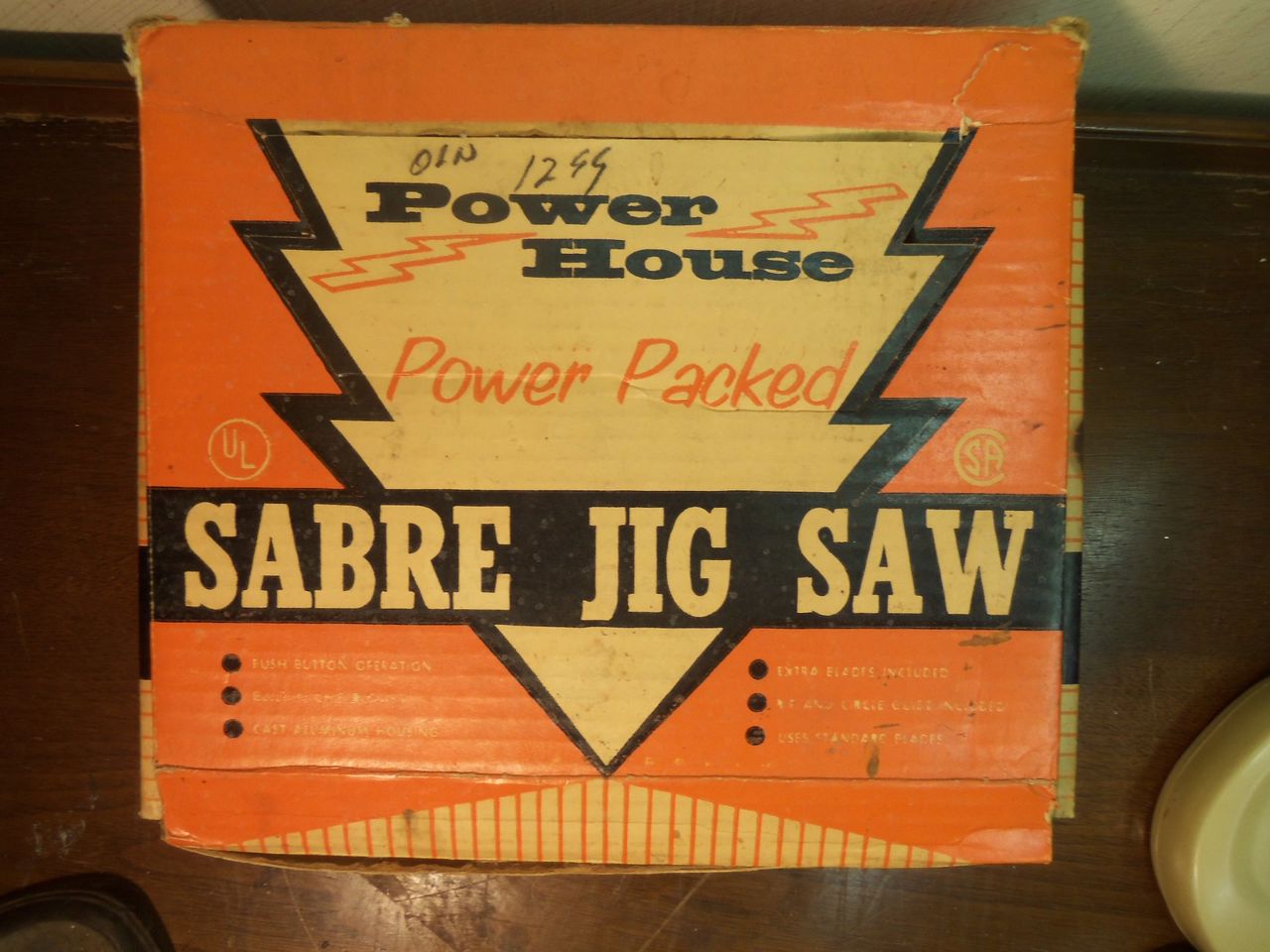Happy Winter Solstice, everybody! I will be taking off the next week or so for the holidays. Once the new year rolls around though, I’ll be having some pretty exciting stuff to post in the lead-up to my new book (coming February 26th). Until then, enjoy these links:
Here’s a great story and video about how a prop maker and a woodworker are collaborating on affordable prosthetic hands. Richard Van As, a South African woodworker, lost his fingers in a woodworking accident. He couldn’t afford commercial prosthetics, so he worked with Washington-state prop maker Ivan Owen to build his own prosthetic.
This is a nice little article about the Fulton Theatre scene shop (including the props shop), located in Lancaster, Pennsylvania.
I recently came across a forum called The Effects Lab. It is meant for special makeup effects, mask making and creature design, and has a fairly active community of people discussing sculpture, animatronics, casting and other skills useful to many types of prop makers.
Wired has an article and first in a series of videos on DIY mold-making; making molds with silicon rubber and casting in plastic resin is commonly used in props shops, and these videos are a pretty straight-forward guide to getting started. Of course, the whole “doing it in your house where you and your kids eat and sleep” is questionable in safety terms.
Here’s a fun and whimsical tale of the tools in a toolbox having an argument. Warning: do not read if you cannot stand puns.

